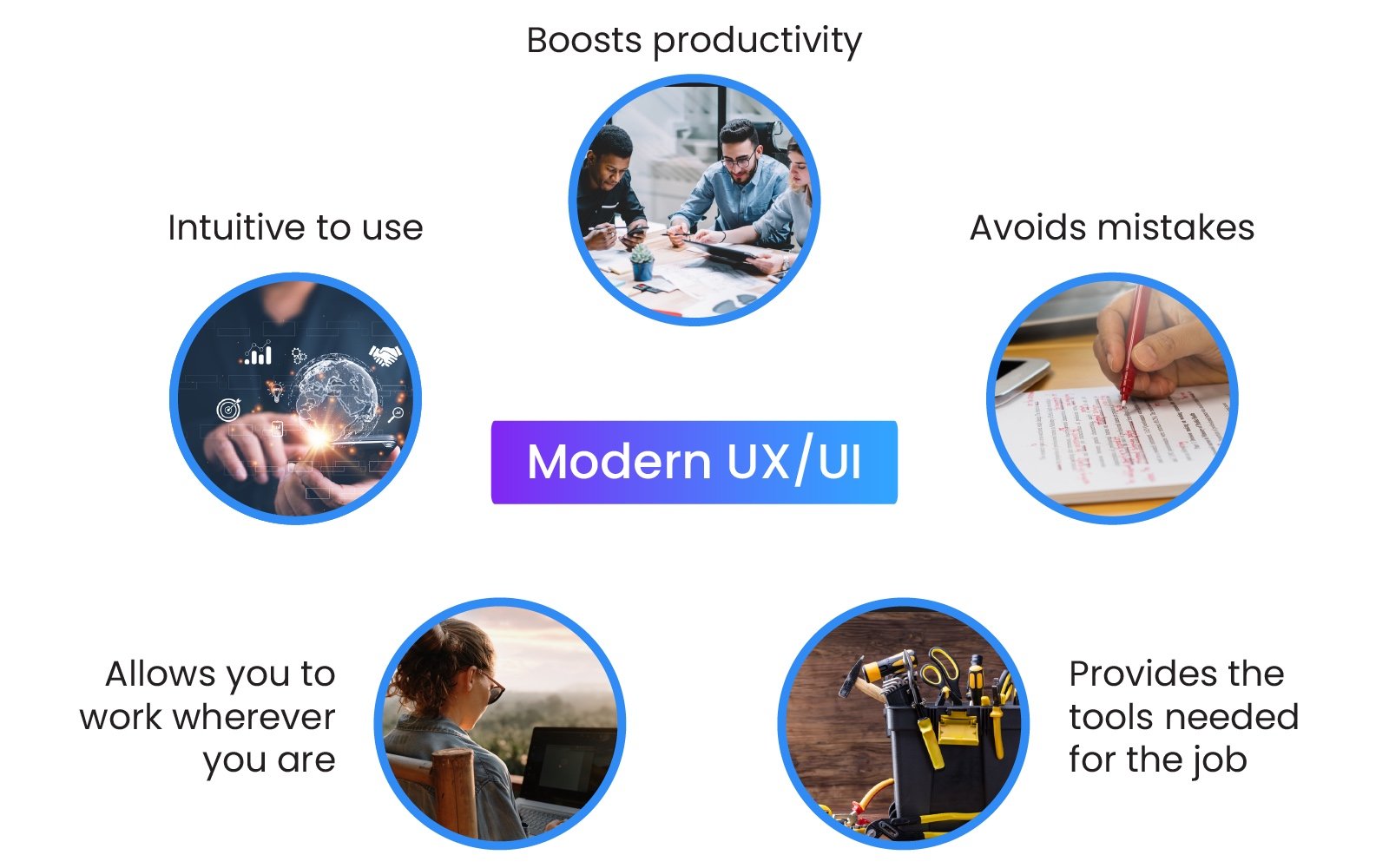
How to achieve Efficient and Effective Investment Management Workflows
Limina was started by investment managers as a reaction to problems with existing systems, such as workflows spanning multiple poorly integrated systems and dated programmatic interfaces. Hence, offering smooth and easy-to-use investment workflows has been part of our mission from the beginning. So how important are effective User Experience (UX) and User Interface (UI) for asset managers and how can they help firms transform their investment management workflow?
In this article, we discuss what modern user experience and user interfaces are, why they are uncommon within the financial buy-side industry and why they are important. By the end, we hope that you’ll have a better understanding of why it’s hard to create a beautiful and seamless user experience and how far the industry has come in delivering it to you.
We discuss what modern user experience and beautiful user interfaces are, why they are uncommon within the financial buy-side industry and why they are important
What is next-generation investment workflow for asset managers?
A modern investment management workflow has two components. Below we outline what these are:
Next-generation user experience is a well-designed, end-to-end workflow

Next-gen user experience prioritises a well-designed investment management workflow, in contrast to workflows designed by patching systems together.
More specifically, a modern user experience means a holistic workflow that is deliberately designed, not by a solution that has grown functional coverage for 30, 40 or 50 years and now just happens to do a lot (requiring lots and lots of clicks to do so).
Next-generation user interface (UI) is a beautifully designed interface
A next-gen user interface will come with an intuitive menu system, with an appealing look and feel. This should be available on any platform, such as the web and native mobile apps, giving your firm full flexibility in how you can utilise the solution.
How is a modern user experience for investment managers designed?
Software vendors historically devportfeloped systems with a waterfall process, i.e. to first gather requirements and then design, build, test and ship according to the requirements. Over the past decade, a shift has happened where the process is now user-centric. This means ongoing collaboration between engineers, product designers and users throughout the development cycle.
A second change is that the product designer role has emerged. The role of a product designer is to ensure a product is intuitive and easy to use. This is done through user interviews, prototyping, A/B testing and a rapid feedback loop, helping to improve the investment management workflow and key processes.
Now let’s explore why the next-generation workflows for managers has taken so long to arrive.
Why hasn’t the next-gen UX and UI for asset managers arrived earlier?
Most legacy vendors have a technical challenge to solve before they can embark on modern user experience design. This is because designing a good UX is not isolated to the user interface level, it must be enabled by the backend and sometimes even at the database layer.
A batch process, for example, is so ingrained in a system architecture that it can’t be hidden with an attractive user interface. That batch process will cause limitations on the freedom of the user experience design, say because some data will not be ready until the next batch is finished – as you might be painfully aware of already, waiting until the next day is all too common.
A change at the architectural level in a system that has grown for decades is expensive and takes years to make if it’s practically feasible at all. This, in turn, means that newer platform vendors have an advantage, starting from a clean slate if they can get the system architecture right from the start.
A non-technical aspect that is equally important for delivering the right UX and UI for asset managers is how product and engineering teams are organised. Traditionally, they would be organised in functional silos, for example, one team focused on order raising and another on compliance. This means the design is not made from the user’s perspective.
For a portfolio manager’s workflow to be great, from rebalancing a model to a set of investment portfolios (funds or mandates) and checking compliance to creating order lists/programs, it needs to be designed as one investment management workflow. This is very difficult if the development organisation is not structured around user types and/or workflows.
Other industries have re-arranged their product team over the last decade, while the buy-side is still behind. Unfortunately, you’ve been paying the price for this in the form of clunky, inefficient investment management workflows.

Why is modern investment management workflows important?
Modern workflows for asset managers affect your ability to retain talent
Users today don’t want to wait for their system to load for more than a few seconds. They also don’t want their system to look like Windows 95 (i.e. dated) – especially not millennials, who are increasingly making their way into asset management firms.
It directly reduces operational risk in the investment management workflow
With the right information at hand in each step of investment decision workflows, fewer mistakes due to incomplete or outdated data are made with solutions that have been designed with UX and UI in mind.
Well-designed UX & UI empowers portfolio managers and operations teams
A modern UX and UI for asset managers increases efficiency in operations workflows. It removes data clutter, making front office users able to just focus on what matters at each moment. This ultimately frees up resources and energy so your team can spend more time on, for example, developing investment strategies and launching new products.
How far has Limina come in creating the next-generation asset management workflows
As an interesting data point, Limina allocates a third of our R&D investment into user experience and user interface design and development, which is very high compared to our peers.
When we founded Limina, one of the first things we did was to create the best-looking UI in the industry. To deliver smooth front-to-middle office processes, a Front to Middle Office platform to control that entire process was needed. Achieving a better UX is a fundamental reason why Limina IMS covers the functional areas it does (and is why we founded the company).
If you’d like to know more about how our investment management software’s next-gen investment management workflows can benefit your firm, then please don’t hesitate to contact us. In the meantime, read more about our Investment Management System or book a demo with our team to see our tools in action and learn more about how Limina can help your firm to achieve its goals.










